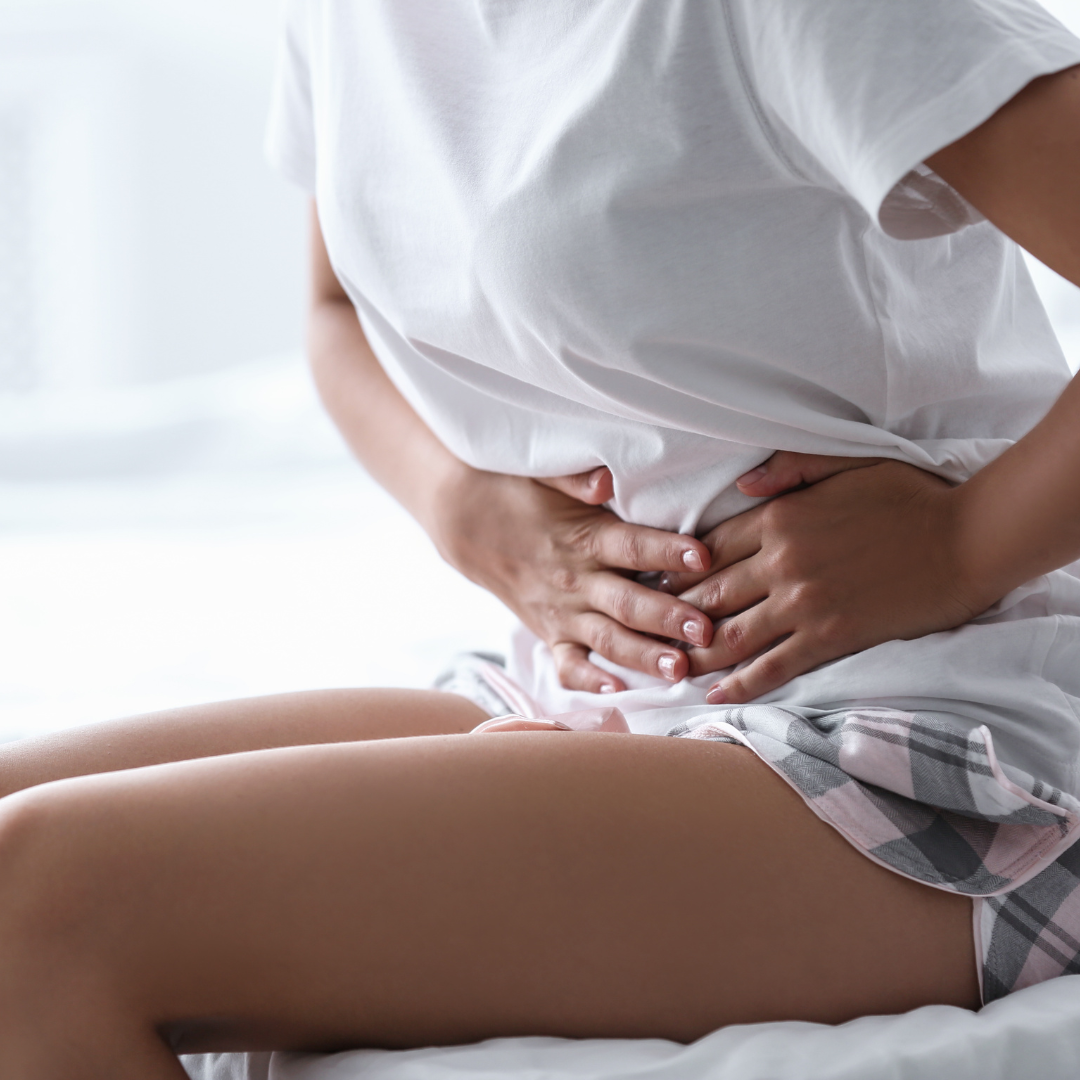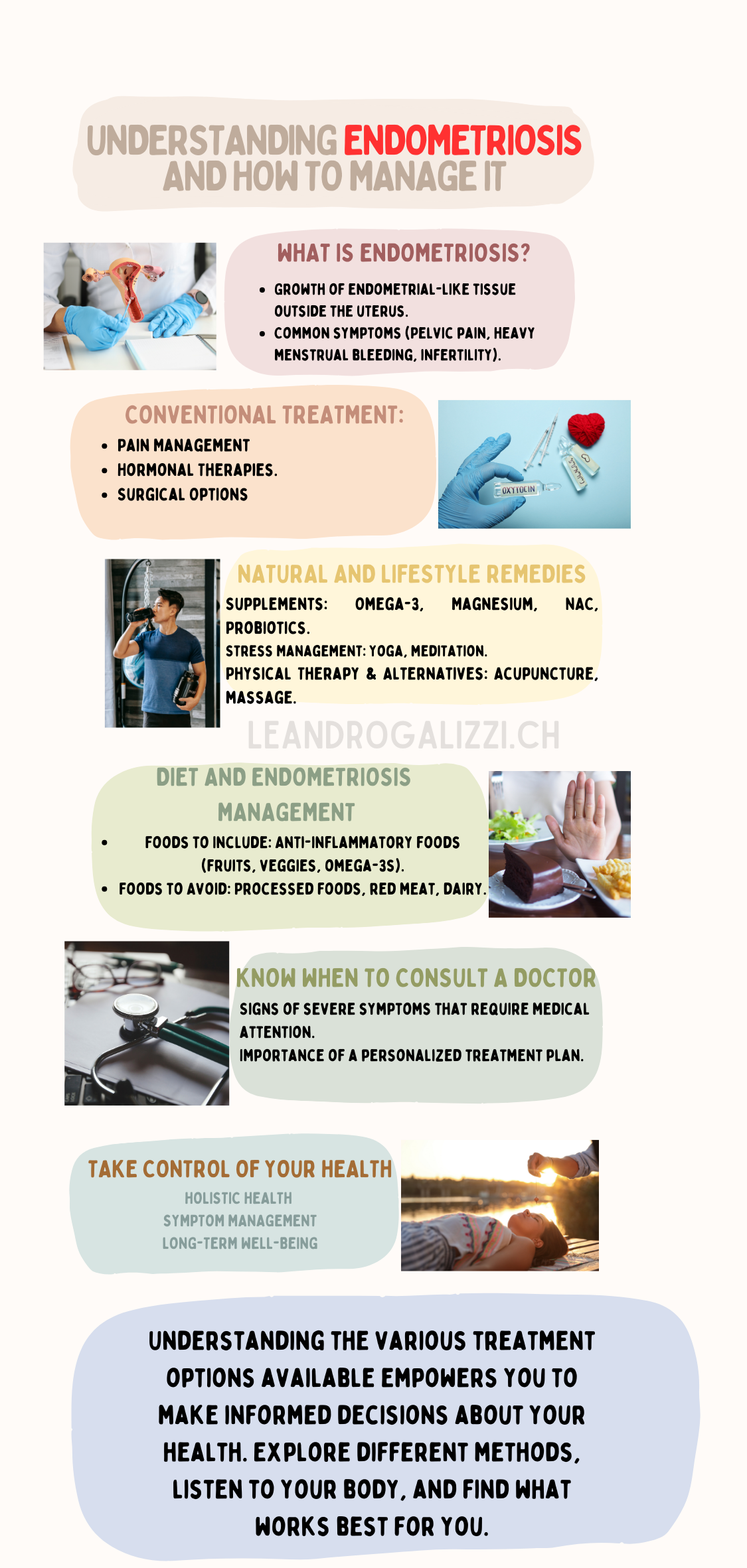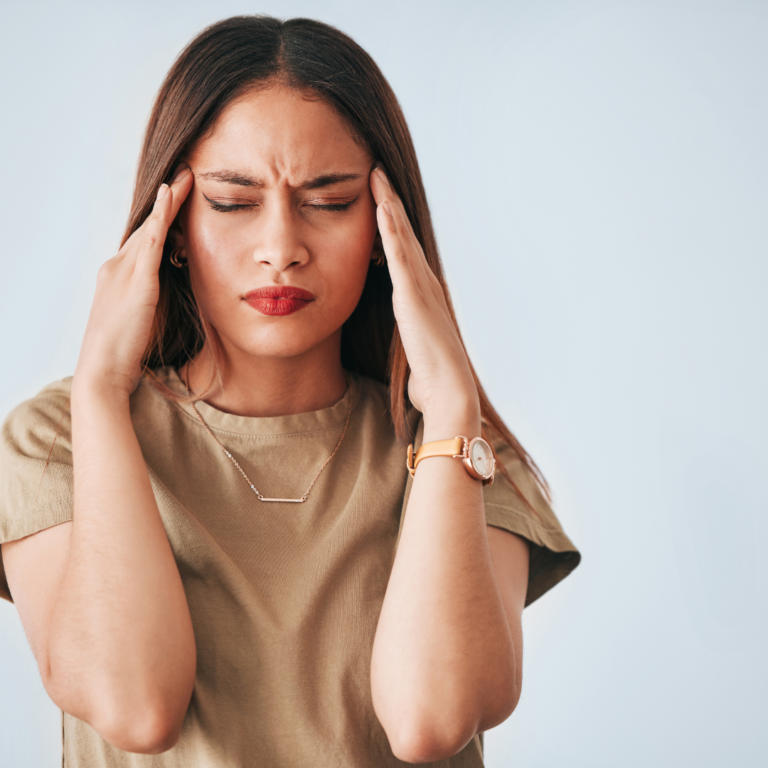Understanding Endometriosis: Effective Treatments and Diet Modifications to Alleviate Symptoms

- Understanding Endometriosis
- Conventional Treatments for Endometriosis
- Natural Remedies and Lifestyle Changes
- The Role of Diet in Managing Endometriosis
- Personal Stories and Case Studies
- When to Seek Professional Help
- Conclusion
Introduction
Endometriosis is a chronic condition that affects millions of women worldwide, often causing significant pain, discomfort, and even infertility. For many women, the symptoms of endometriosis can be debilitating, impacting their quality of life and daily activities. Despite its prevalence, endometriosis is often misunderstood, leading to delayed diagnoses and inadequate treatment plans. Understanding the symptoms, treatment options, and the role of diet can empower women to take control of their health and find relief from this challenging condition.
In this blog post, we will explore the symptoms of endometriosis, conventional treatment options, and how natural remedies and lifestyle changes can make a difference. We will also discuss the importance of diet in managing endometriosis symptoms, providing you with actionable tips to improve your well-being.
Understanding Endometriosis
Endometriosis is a condition where tissue similar to the lining inside the uterus, known as endometrial tissue, starts to grow outside the uterus. This tissue can be found on the ovaries, fallopian tubes, intestines, and other areas within the pelvic cavity. Unlike the tissue inside the uterus, which sheds during menstruation, this external tissue has no way to exit the body. As a result, it becomes trapped, leading to inflammation, scarring, and the formation of cysts.
The symptoms of endometriosis can vary widely among women, both in type and severity. Common symptoms include:
- Pelvic pain, especially during menstruation and ovulation
- Chronic pelvic pain that may extend beyond the menstrual cycle
- Heavy or irregular menstrual bleeding
- Pain during sexual intercourse
- Digestive issues such as bloating, diarrhea, and constipation
- Fatigue and mood disturbances
- Infertility or difficulty conceiving
These symptoms can significantly impact a woman’s daily life, making it crucial to seek medical attention if endometriosis is suspected. Early diagnosis and management can help alleviate symptoms and prevent further complications.
Conventional Treatments for Endometriosis
There is no cure for endometriosis, but various treatments can help manage symptoms and improve quality of life. Conventional treatments typically focus on managing pain, reducing inflammation, and addressing fertility issues.
Pain Management
Over-the-counter pain relievers, such as nonsteroidal anti-inflammatory drugs (NSAIDs), are often the first line of treatment for managing the pain associated with endometriosis. These medications help reduce inflammation and alleviate pain during menstruation. However, they may not be effective for everyone, especially those with severe symptoms.
Hormonal Therapies
Hormonal treatments aim to reduce or eliminate menstruation, thereby decreasing the growth and shedding of endometrial tissue. Common hormonal therapies include birth control pills, hormonal IUDs, gonadotropin-releasing hormone (GnRH) agonists, and progestin therapy. These treatments can be effective in managing symptoms, but they may come with side effects such as weight gain, mood swings, and decreased bone density.
Surgical Options
For women with severe endometriosis or those who do not respond to medical treatments, surgery may be recommended. Laparoscopy is a minimally invasive procedure that allows doctors to remove endometrial tissue, cysts, and scar tissue. In some cases, more extensive surgery, such as a hysterectomy (removal of the uterus), may be necessary. While surgery can provide relief, it is not a permanent solution, and symptoms may recur over time.
Natural Remedies and Lifestyle Changes
In addition to conventional treatments, many women with endometriosis turn to natural remedies and lifestyle changes to manage their symptoms. These approaches can complement medical treatments and provide additional relief from pain and inflammation.
Supplements
Dietary supplements offer a holistic approach to managing endometriosis by targeting the underlying causes of the condition, such as hormonal imbalances and inflammation. Some of the most effective supplements include:
- Omega-3 Fatty Acids: Known for their anti-inflammatory properties, omega-3s can help reduce pelvic pain and inflammation associated with endometriosis. Fish oil supplements or a diet rich in fatty fish like salmon and mackerel can provide these benefits.
- Magnesium: This essential mineral helps relax muscles and reduce menstrual cramps. Magnesium supplements or magnesium-rich foods like leafy greens, nuts, and seeds can help alleviate endometriosis-related pain.
- N-Acetylcysteine (NAC): NAC is a powerful antioxidant that supports detoxification and reduces oxidative stress. It has been shown to inhibit the growth of endometrial cells and alleviate pelvic pain.
- Probiotics: A healthy gut microbiome plays a crucial role in modulating immune function and inflammation. Probiotics can help restore balance in the gut and reduce systemic inflammation, which may improve endometriosis symptoms.
- Curcumin (from Turmeric): Curcumin has potent anti-inflammatory and antioxidant properties. It can help inhibit the growth of endometrial tissue and reduce pain associated with the condition.
Stress Management
Chronic stress can exacerbate endometriosis symptoms by triggering inflammation and hormonal imbalances. Implementing stress-reduction techniques, such as meditation, yoga, deep breathing exercises, and mindfulness practices, can help manage stress and reduce the impact it has on your body. Regular exercise, even gentle activities like walking or stretching, can also help release endorphins, improve mood, and reduce pain.
Physical Therapy and Alternative Treatments
Pelvic floor physical therapy can be highly effective in managing endometriosis-related pain and discomfort. A trained physical therapist can help you with exercises and techniques to relax and strengthen the pelvic floor muscles, improving overall pelvic function. In addition, alternative treatments such as acupuncture and massage therapy have shown promise in reducing pain and improving the quality of life for women with endometriosis.
The Role of Diet in Managing Endometriosis
Diet plays a crucial role in managing endometriosis symptoms. The foods you eat can either help reduce inflammation and hormone imbalances or exacerbate the condition, leading to increased pain and discomfort. By adopting an anti-inflammatory diet and making mindful food choices, you can significantly impact the severity of your symptoms and overall well-being.
Anti-Inflammatory Diet Recommendations
An anti-inflammatory diet focuses on whole, nutrient-dense foods that help reduce inflammation in the body. Incorporating the following foods into your diet can help manage endometriosis symptoms:
- Fruits and Vegetables: Rich in antioxidants, vitamins, and minerals, fruits and vegetables are essential for combating inflammation. Berries, leafy greens, cruciferous vegetables like broccoli and cauliflower, and brightly colored vegetables such as bell peppers and carrots are excellent choices.
- Whole Grains: Whole grains like quinoa, brown rice, oats, and barley provide fiber and essential nutrients that support gut health and reduce inflammation.
- Healthy Fats: Omega-3 fatty acids found in fatty fish (such as salmon and mackerel), flaxseeds, chia seeds, and walnuts are known for their anti-inflammatory properties. Additionally, incorporating sources of monounsaturated fats like olive oil and avocados can support overall health.
- Lean Proteins: Opt for lean protein sources like poultry, tofu, beans, and lentils. These foods provide the necessary protein for tissue repair and overall health without contributing to inflammation.
- Herbs and Spices: Turmeric, ginger, garlic, and cinnamon are known for their anti-inflammatory and antioxidant properties. Incorporating these into your meals can add flavor while also supporting your health.
Foods to Avoid
Just as certain foods can help manage endometriosis, others can exacerbate symptoms by increasing inflammation or disrupting hormonal balance. Consider limiting or avoiding the following:
- Processed Foods: Foods high in refined sugars, trans fats, and artificial additives can promote inflammation and negatively impact gut health.
- Red Meat: Some studies suggest that a high intake of red meat, particularly processed meats, is associated with increased inflammation and a higher risk of endometriosis.
- Dairy Products: Dairy can be inflammatory for some individuals, particularly those who are lactose intolerant or sensitive to dairy proteins. If you notice that dairy exacerbates your symptoms, consider reducing or eliminating it from your diet.
- Caffeine and Alcohol: Both caffeine and alcohol can exacerbate endometriosis symptoms by increasing inflammation and disrupting hormone levels. Limiting these substances may help alleviate symptoms.
Sample Meal Plan for Endometriosis
Here’s a simple meal plan to give you an idea of how to incorporate an anti-inflammatory diet into your daily routine:
- Breakfast: Oatmeal topped with fresh berries, chia seeds, and a drizzle of honey.
- Lunch: Quinoa salad with mixed greens, grilled chicken, avocado, and a lemon-tahini dressing.
- Snack: A handful of walnuts and an apple.
- Dinner: Baked salmon with roasted sweet potatoes and steamed broccoli.
- Dessert: A piece of dark chocolate and a cup of herbal tea (e.g., ginger or turmeric tea).

Personal Stories and Case Studies
Many women have successfully managed their endometriosis symptoms by adopting lifestyle changes and dietary modifications. For example, one woman found significant relief by switching to a predominantly plant-based diet, incorporating anti-inflammatory foods, and practicing stress-reduction techniques like yoga and meditation. Another woman experienced a reduction in pain and bloating by eliminating dairy and processed foods from her diet, alongside regular acupuncture sessions.
These personal stories highlight the importance of finding what works best for your body. While not every approach works for everyone, experimenting with diet and lifestyle changes can lead to meaningful improvements in your quality of life.
When to Seek Professional Help
While diet and lifestyle changes can be incredibly beneficial, it’s important to recognize when professional medical intervention is necessary. If you experience severe pelvic pain, heavy menstrual bleeding, or difficulty conceiving, it’s crucial to consult with a healthcare provider who specializes in endometriosis.
A medical professional can provide a proper diagnosis, discuss treatment options, and recommend a comprehensive care plan tailored to your needs. In some cases, surgery or more intensive hormonal treatments may be required to manage symptoms effectively.
Conclusion
Endometriosis is a complex and often painful condition that affects many aspects of a woman’s life. While there is no one-size-fits-all solution, understanding the condition, exploring both conventional and natural treatment options, and making informed dietary choices can help manage symptoms and improve quality of life.
By adopting an anti-inflammatory diet, incorporating stress management techniques, and exploring natural remedies, you can take proactive steps to alleviate the discomfort associated with endometriosis. Remember, each woman’s experience with endometriosis is unique, and it’s important to find what works best for your body.
If you’re struggling with endometriosis, consider speaking with a healthcare professional to develop a personalized treatment plan. And don’t hesitate to share your journey and what has worked for you with others who may be facing similar challenges. Together, we can raise awareness and support each other in managing this challenging condition.
References
- Parasar, P., Ozcan, P., & Terry, K. L. (2017). Endometriosis: Epidemiology, Diagnosis and Clinical Management.
Current Obstetrics and Gynecology Reports, 6(1), 34-41. doi:10.1007/s13669-017-0187-1. - Bulun, S. E. (2009). Endometriosis.
New England Journal of Medicine, 360(3), 268-279. doi:10.1056/NEJMra0804690. - Sinaii, N., Cleary, S. D., Ballweg, M. L., Nieman, L. K., & Stratton, P. (2002). High Rates of Autoimmune and Endocrine Disorders, Fibromyalgia, Chronic Fatigue Syndrome, and Atopic Diseases Among Women With Endometriosis: A Survey Analysis.
Human Reproduction, 17(10), 2715-2724. doi:10.1093/humrep/17.10.2715. - Missmer, S. A., Hankinson, S. E., Spiegelman, D., Barbieri, R. L., & Michels, K. B. (2004). Reproductive History and Endometriosis Among Premenopausal Women.
Obstetrics & Gynecology, 104(5, Part 1), 965-974. doi:10.1097/01.AOG.0000142718.96180.9d. - Holoch, K. J., & Lessey, B. A. (2010). Endometriosis and Infertility.
Clinical Obstetrics and Gynecology, 53(2), 429-438. doi:10.1097/GRF.0b013e3181db7d71. - Sharma, I., Singh, M. D., & Dutta, D. K. (2019). Effect of Endometriosis on the Gut Microbiome: A Systematic Review.
Journal of Minimally Invasive Gynecology, 26(5), 835-845. doi:10.1016/j.jmig.2018.12.027. - Vercellini, P., Vigano, P., Somigliana, E., & Fedele, L. (2014). Endometriosis: Pathogenesis and Treatment.
Nature Reviews Endocrinology, 10(5), 261-275. doi:10.1038/nrendo.2013.255. - Králíčková, M., & Vetvicka, V. (2015). Immunological Aspects of Endometriosis: A Review.
Annals of Translational Medicine, 3(11), 153. doi:10.3978/j.issn.2305-5839.2015.06.14. - Zupi, E., Centini, G., Lazzeri, L., Chiantera, V., & Petraglia, F. (2017). Surgery for Endometriosis-Associated Infertility: A Decade-Long Experience and Literature Review.
Gynecological Surgery, 14(1), 1-8. doi:10.1186/s10397-017-1024-2.






